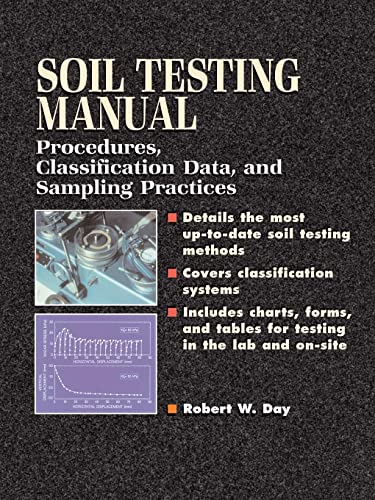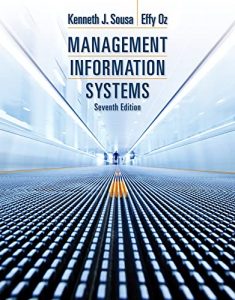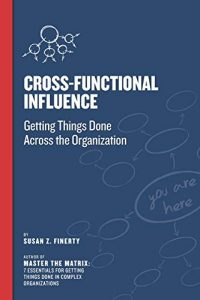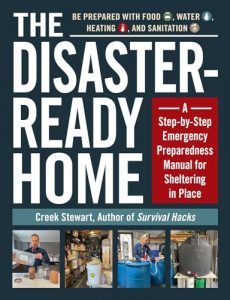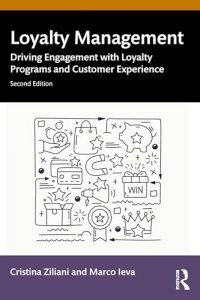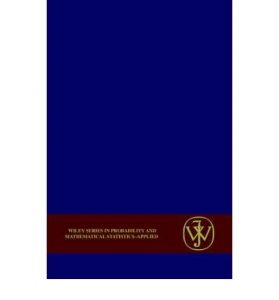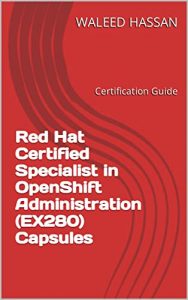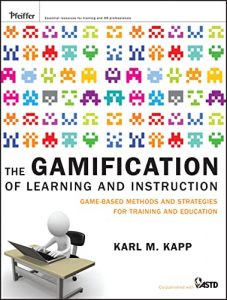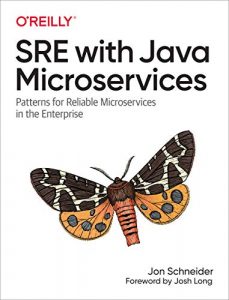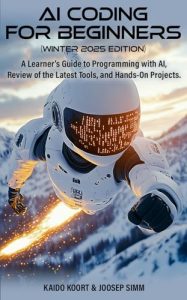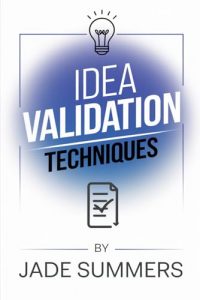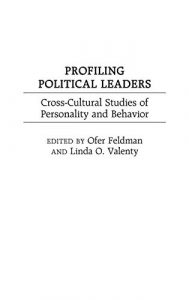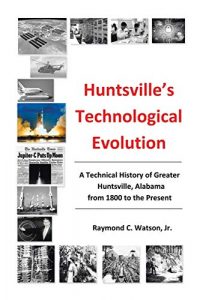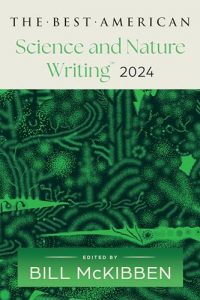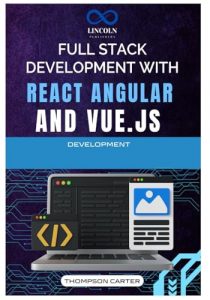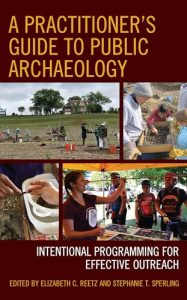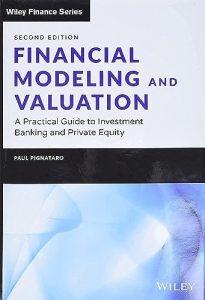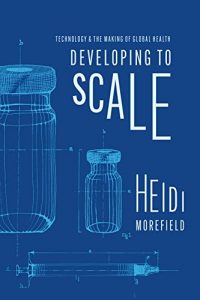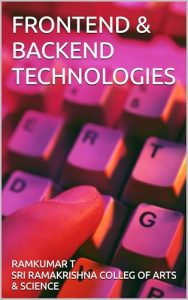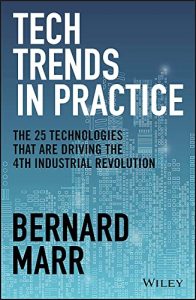1. Soil Testing Manual: Procedures, Classification Data, and Sampling Practices
For anyone involved in agricultural sciences or environmental assessments, “Soil Testing Manual” by Robert W. Day is indispensable. This comprehensive guide delves into the intricacies of soil testing, providing detailed procedures, classification data, and sampling practices necessary for accurate results. It’s particularly useful for researchers and practitioners aiming to make informed decisions based on soil quality analyses. With a strong focus on practical applications and methodologies grounded in scientific principles, this manual equips readers with the tools they need to excel in their soil assessment endeavors.

2. Data Analysis with Small Samples and Non-Normal Data
If you’ve ever grappled with data that defies traditional norms, you’ll find solace in “Data Analysis with Small Samples and Non-Normal Data” by Carl F. Siebert and Darcy Clay Siebert. This essential guide offers practical strategies for tackling the challenges of small sample sizes and non-normal data distributions. Its approachable format and pocket guide style make it perfect for social work researchers and anyone else working with complex data sets. Learn how to navigate statistical hurdles effectively, making this a must-read for anyone serious about data analysis.

3. Sampling: Design and Analysis
“Sampling: Design and Analysis” by Sharon L. Lohr is an authoritative text that demystifies the sampling process essential for any statistical analysis. This book provides a thorough exploration of different sampling designs and the accuracy issues they present, making it fundamental reading for both students and seasoned professionals. Infused with real-world examples, the structured approach makes it easier to grasp complex concepts. Perfect for anyone looking to enhance their analytical skills, this resource is invaluable in advancing your understanding of sampling methods.

4. Data Analysis and Sampling Simplified
Donald A. Dickie PhD’s “Data Analysis and Sampling Simplified” is a practical guide that breaks down complex statistical methods into easy-to-understand segments. Particularly aimed at internal auditors, this book equips readers with the knowledge and skills to conduct effective data analysis and sampling techniques. Dickie emphasizes clarity and practicality, providing examples that resonate with real-world auditing scenarios. Whether you are a novice or an experienced auditor, this book will serve as a quick reference for mastering data-related challenges.

5. Collecting, Managing, and Assessing Data Using Sample Surveys
Peter Stopher’s “Collecting, Managing, and Assessing Data Using Sample Surveys” provides an essential framework for conducting effective surveys. This book is pivotal for researchers looking to enhance their data collection strategies, ensuring data integrity and reliability. With practical insights into managing and assessing collected data, Stopher brings clarity to the often-complex landscape of survey data. This resource is particularly valuable for professionals in social sciences and market research.

6. Ace the Data Science Interview
In a competitive job market, “Ace the Data Science Interview” by Nick Singh and Kevin Huo is your key to unlocking success. This book provides insight into 201 real interview questions posed by top-notch firms like FAANG and tech startups, helping candidates prepare effectively for their big day. It’s not just a question bank; it’s a strategic guide that hones analytical thinking and problem-solving skills, making it essential for aspiring data scientists. Nail your interview with confidence!

7. Routine Data Processing in Earthquake Seismology
“Routine Data Processing in Earthquake Seismology” by Jens Havskov and Lars Ottemoller is a specialized yet highly informative guide that collates extensive exercises and software for effective data handling in seismology. This book not only educates on the processing of seismic data but also includes sample data for practical learning, making it crucial for both students and professionals in geophysics. Emphasizing the importance of accurate data processing can make a substantial difference in research outcomes within this critical field.

8. R Companion for Sampling: Design and Analysis
“R Companion for Sampling: Design and Analysis” by Yan Lu and Sharon L. Lohr complements its parent text beautifully, bringing programming into the realm of sampling. This book introduces R as a powerful tool for conducting sampling analysis efficiently. It’s packed with examples that guide novices and experienced analysts alike through the intricacies of statistical programming with R. If you seek to explore data sampling through the lens of a programming language, this companion piece is an excellent resource.

9. Introducing Proteomics
“Introducing Proteomics” by Josip Lovric serves as a gateway into the fascinating world of proteomics—a field that scrutinizes proteins and their functions vital to understanding biology. This book elegantly bridges concepts with practical applications, guiding readers through sample separation, mass spectrometry, and data analysis. Its clarity and depth make it an essential read for budding biochemists and seasoned researchers alike looking to deepen their grasp of protein analysis methodologies.

10. Applied Survey Data Analysis
The collaborative work of Steven G. Heeringa et al. in “Applied Survey Data Analysis” is a powerhouse that dissects survey data analysis methods and strategies in depth. This book serves professionals in the social and behavioral sciences, providing not just theoretical frameworks but also practical applications that enhance analytical rigor. The extensive case studies and examples underscore the practicalities of survey applications, making it an invaluable resource for researchers designing and analyzing surveys.


